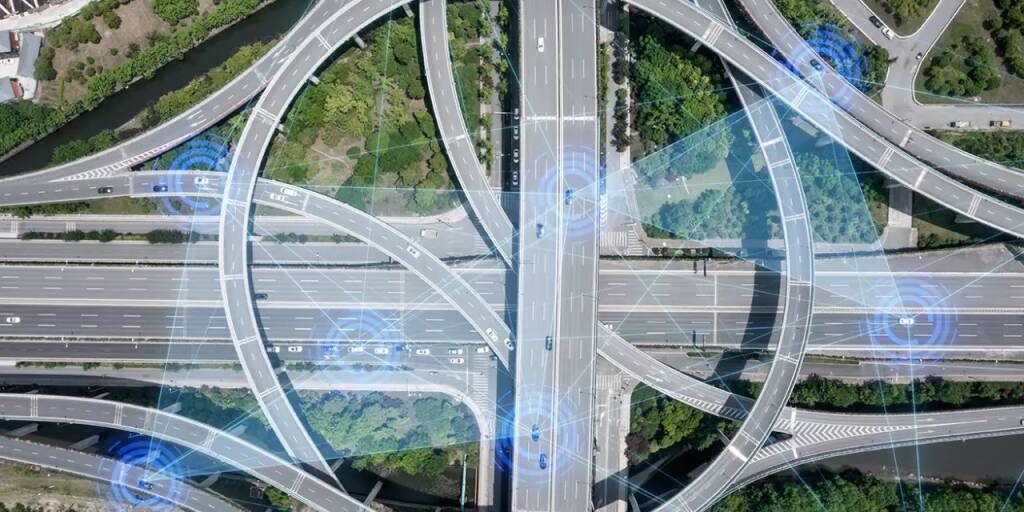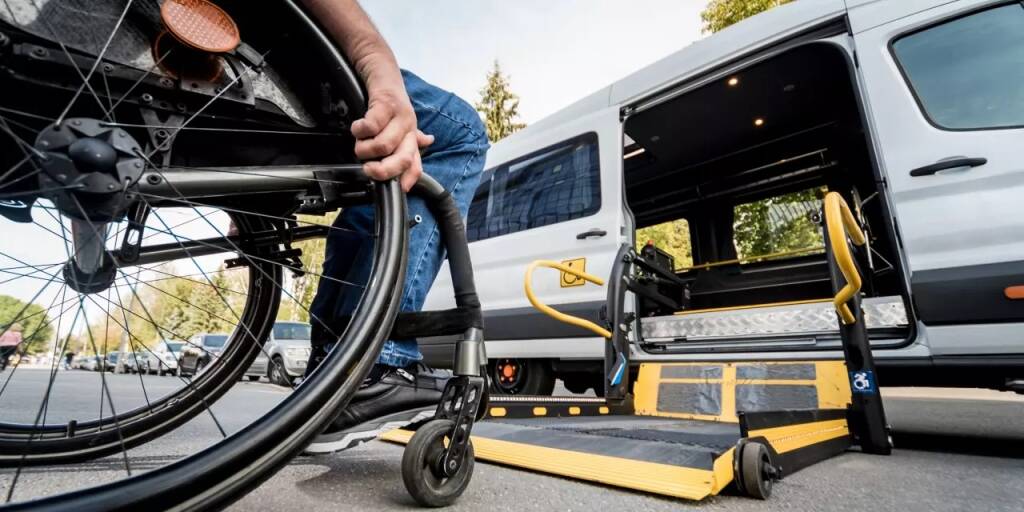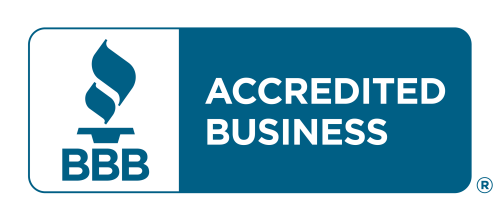Advancing meaningful engagement through remote patient monitoring

By Jessica Hylander A patient’s active involvement in their healthcare, also known as patient engagement, can result in better outcomes, improved care and lower costs. Motivated by this trifecta of results, plans, payers and providers have launched a variety of engagement strategies with varying amounts of success. From gamification to incentives to wearables, the healthcare… Continue Reading Advancing meaningful engagement through remote patient monitoring
Modivcare SIU: Disrupting healthcare fraud, waste and abuse

By Jody Kepler Fraud, waste and abuse (FWA) in healthcare is, unfortunately, an everyday occurrence. Bad actors cost our healthcare system billions of dollars every year according to the U.S. Department of Justice. The U.S. Government Accountability Office defines fraud, waste and abuse as: Fraud is attempting to obtain something of value through willful misrepresentation Waste is squandering money… Continue Reading Modivcare SIU: Disrupting healthcare fraud, waste and abuse
Personal care in the healthcare continuum can help improve participant wellbeing

By Mia Haney Navigating the healthcare landscape in 2022 has become increasingly difficult. Healthcare no longer begins and ends in an ambulatory care facility or at a hospital. The healthcare continuum extends outside into the “real world.” All around us, non-clinical factors affect our health outcomes, and medical staff aren’t the only people who can… Continue Reading Personal care in the healthcare continuum can help improve participant wellbeing
NEMT: Building the ‘perfect’ member trip through collaboration, technology

By Ilias Simpson In the recent past—and still existing among some companies—non-emergency medical transportation (NEMT) organizations and transportation providers (TPs) were brought together by a strictly transactional relationship. This method of running an NEMT business wasn’t, and isn’t, the best way to do this important work. But it took a while for large NEMT organizations,… Continue Reading NEMT: Building the ‘perfect’ member trip through collaboration, technology
Community saddened by passing of transportation driver Michelle Wright

As the driver services manager and dispatcher for APEX Transportation Services in Dover, Delaware, Michelle Wright was more than just a reliable employee. Much more. In addition to “taking the burden completely off my husband and me in running the day-to-day operations,” Michelle developed extremely strong bonds with everyone she interacted with, explained Apex Transportation… Continue Reading Community saddened by passing of transportation driver Michelle Wright
High-touch, high-tech, both? Healthcare’s customer experience conundrum

By Modivcare Think back to 2005. What did your weekly routine look like? Like me, you may have started your Monday by waiting in a long line at Starbucks for your morning coffee. You may have stood in another long line on Saturday at the grocery store. Perhaps you had to hop on a flight… Continue Reading High-touch, high-tech, both? Healthcare’s customer experience conundrum
Why the business case for DEI is no business case at all

By Nate Vaughn Few things in life are ever cut-and-dried. Most often personal or professional challenges are blurry, hard to decipher and fall short of a single answer or route. There is no one way of doing things “right” – and “right” is often subject to interpretation. The road to get “there,” wherever “there” is,… Continue Reading Why the business case for DEI is no business case at all
How internet access impacts underserved populations

Technology can help narrow the health equity gap worldwide. Today, many people use wearables, have access to internet of things devices, remote patient monitoring and other technologies that allow individuals to access their health and fitness levels in real-time. Using these devices, however, often requires high-speed internet or a cellular connection to move the data from… Continue Reading How internet access impacts underserved populations
Digitization: Why a ‘Modern NEMT’ system benefits individuals receiving supportive care services

By Erin Mayor It was in 1966, in the “Handbook of Public Assistance” (Supplement D), that the first form of non-emergency medical transportation (NEMT), though not mentioned plainly, entered the list of potential benefits for underserved populations in the U.S. This was well before computers became a household item much less the ubiquitous business machines they… Continue Reading Digitization: Why a ‘Modern NEMT’ system benefits individuals receiving supportive care services
Back to the future: Why self-driving cars are an opportunity for NEMT

By Walt Meffert Some say the dream of an autonomous vehicle began more than 600 years ago with a spring-driven cart designed by Leonardo da Vinci. Others may cite the 1939 World’s Fair, GM used electromagnetic fields and magnetized spikes embedded in the road to guide a vehicle. Still more might jump to the 1970s and… Continue Reading Back to the future: Why self-driving cars are an opportunity for NEMT


